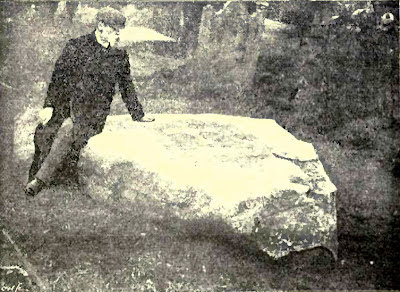Scatter matters: Bayesian statistical modelling and evidence for overlap between late Mesolithic and early Neolithic material culture in England by Seren Griffiths (University of Cardiff): Review
[** If you like this post, please make a donation to the IR&DD project using the button at the end. If you think the review is useful, please re-share via Facebook, Google+, Twitter etc. **] Preface: I am very happy to introduce our third guest writer, Rena Maguire, to the blog. Rena is an undergraduate student at QUB, in her second year. She is currently working on her undergraduate thesis: Iron Age horse harness Y pieces: function, manufacture and typologies. Robert M Chapple Being an archaeology and paleoecology undergraduate in QUB Belfast has perks, one of the best being the PCC Lunchtime Seminars organised by our department. I’ve personally found them invaluable to gain insights into sometimes quite obscure areas of archaeology. The guest lecturers are, as one would expect, at the cutting edge of their respective fields. Not least of these is Dr Seren Griffiths of the University of Cardiff , who gave a talk (March 20 2012) on Scatter Matters: Bayesian



